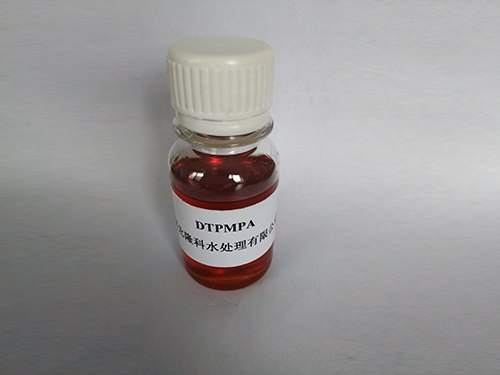Role of Coagulants and Flocculants in Water Treatment Processes and Their Impact
Coagulants and Flocculants in Water Treatment
Water treatment is a crucial process that ensures the safety and quality of drinking water, as well as the effective management of wastewater. Among the various methods employed in water treatment, the use of coagulants and flocculants plays a vital role in the removal of suspended solids, colloidal particles, and other impurities. This article discusses the importance, function, and application of coagulants and flocculants in water treatment processes.
Understanding Coagulants
Coagulants are chemicals added to water to destabilize colloidal particles, facilitating their aggregation into larger clusters. They work primarily by neutralizing the electric charge that stabilizes these fine particles, allowing them to come together and form larger aggregates called flocs. The most commonly used coagulants include aluminum sulfate (alum), ferric chloride, and polyaluminum chloride (PAC).
When introduced into water, coagulants react with the impurities present, leading to improved sedimentation and filtration rates. The efficiency of coagulants depends on various factors, including pH levels, water temperature, and the nature of the impurities. Effective coagulation is critical as it significantly reduces turbidity, enhances water clarity, and improves the overall quality of treated water.
The Role of Flocculants
While coagulants initiate the process of aggregation, flocculants further enhance this by promoting the growth of larger flocs. Flocculants are typically long-chain polymers that increase the physical size of the flocs formed by the coagulants, making them easier to remove from the water. Commonly used flocculants include polyacrylamides, cationic, anionic, and non-ionic polymers, each serving specific applications based on characteristics like charge and molecular weight.
The addition of flocculants serves several purposes they improve settling rates, reduce the amount of coagulant required, and enhance filtration efficiency. In wastewater treatment, flocculants are essential for creating larger aggregates that can be easily separated from the liquid phase, facilitating the subsequent removal of contaminants.
Applications in Water Treatment
coagulants and flocculants in water treatment

Coagulants and flocculants are extensively used in various stages of water treatment. In conventional water treatment plants, coagulants are added during the rapid mixing phase, followed by a flocculation phase where gentle mixing encourages floc growth. After sufficient time, the flocs settle out in a clarifier, allowing for clearer water to be filtered and disinfected.
In wastewater treatment, coagulants and flocculants play an indispensable role in treating effluents from industrial processes, municipal sources, and agricultural runoff. They help in precipitating and removing heavy metals, phosphates, organic matter, and other harmful substances from the water, safeguarding ecosystems and public health.
Additionally, in specialized processes such as sludge dewatering, flocculants are employed to bind fine solids together, making them easier to separate and compress, thus reducing disposal volume and costs.
Environmental Considerations
While coagulants and flocculants are effective in improving water quality, their use raises some environmental concerns. Chemicals such as aluminum and polyacrylamides may have adverse effects on aquatic ecosystems if not managed properly. Therefore, it is essential to monitor the dosage and influence of these additives carefully, ensuring that water treatment processes remain safe for the environment.
Innovative approaches are being developed to reduce chemical dependency in water treatment, such as using natural coagulants derived from plant sources. These alternatives can provide effective water treatment solutions with a lower environmental impact.
Conclusion
Coagulants and flocculants are integral to the water treatment process, enhancing the removal of impurities, improving water quality, and ensuring compliance with regulatory standards. Understanding their roles and optimizing their use can significantly contribute to the efficiency of water treatment facilities. As the demand for clean water continues to grow, further research into environmentally friendly alternatives will help sustain water treatment practices and protect the ecosystems we depend on.
-
LK-319 Special Scale And Corrosion Inhibitor For Steel Plants: Advanced Solutions for Industrial Water SystemsNewsAug.22,2025
-
Flocculant Water Treatment: Essential Chemical Solutions for Purification ProcessesNewsAug.22,2025
-
Isothiazolinones: Versatile Microbial Control Agents for Industrial and Consumer ApplicationsNewsAug.22,2025
-
Scale Inhibitor: Key Solutions for Water System Scale PreventionNewsAug.22,2025
-
Organophosphonates: Versatile Scale Inhibitors for Industrial Water SystemsNewsAug.22,2025
-
Scale and Corrosion Inhibitor: Essential Chemical Solutions for Water System MaintenanceNewsAug.22,2025





